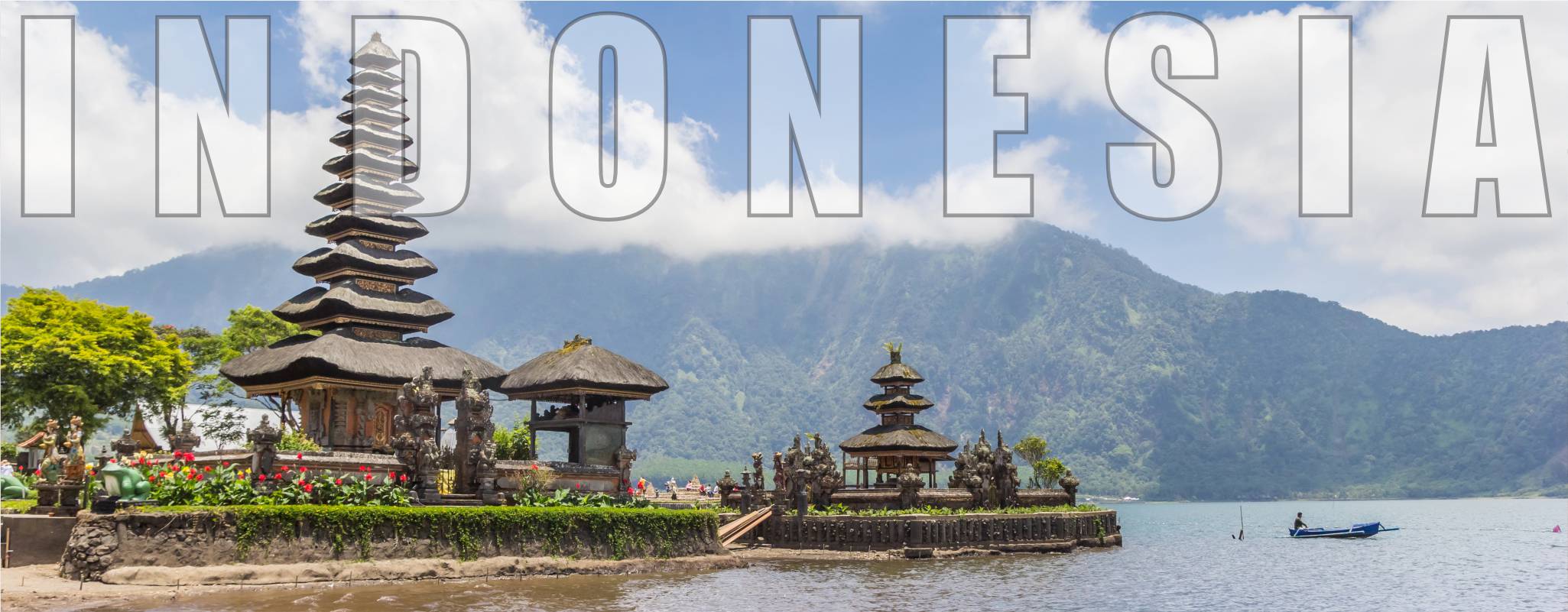


Indonesia's location, climate & geography
Indonesia is located in Southeast Asia and Oceania, straddling the equator and encompassing over 17,000 islands. It is situated between the Indian and Pacific Oceans and lies to the north of Australia and south of the Philippines. The country stretches across a vast area, featuring a diverse range of geographical landscapes, from volcanic mountains to dense rainforests and pristine beaches.
The major islands include Sumatra, Java, Bali, Kalimantan (Indonesian Borneo), Sulawesi, and Papua. Java, the most populous island, is home to Indonesia’s capital, Jakarta. The island is characterized by its volcanic activity, including Mount Merapi and Mount Bromo, which are prominent landmarks. Bali, located to the east of Java, is known for its beautiful beaches and vibrant culture.
The climate in Indonesia is tropical, with high humidity and significant rainfall throughout the year. The country experiences two main seasons: the wet season, from November to March, and the dry season, from April to October. The wet season is marked by heavy rains, while the dry season features warmer and drier conditions, especially in coastal areas.
Indonesia’s geography is dominated by volcanic activity, with many active volcanoes forming part of the Pacific Ring of Fire. This volcanic landscape has created fertile soils and diverse ecosystems, supporting rich flora and fauna. The country’s extensive rainforests, particularly in Sumatra and Kalimantan, are home to a wide range of wildlife, including orangutans and tigers.
Indonesia’s varied climate and geography contribute to its stunning natural beauty and offer a wide range of outdoor and adventure activities, from diving in coral reefs to trekking through rainforests and exploring volcanic landscapes.
10 things to know when travelling to Indonesia
1. Island Diversity: Indonesia consists of over 17,000 islands, each offering unique landscapes and cultural experiences.
2. Bali: Known for its beautiful beaches, vibrant nightlife, and traditional arts, Bali is a major tourist hotspot.
3. Volcanic Landscape: Indonesia has over 130 active volcanoes, including Mount Bromo and Mount Rinjani, offering stunning trekking opportunities.
4. Komodo Dragons: Visit Komodo Island to see the world’s largest lizard, the Komodo dragon, in its natural habitat.
5. Temples: Explore ancient temples like Borobudur and Prambanan, which are UNESCO World Heritage sites.
6. Wildlife: Sumatra is home to endangered species such as the Sumatran tiger, orangutans, and rhinoceros hornbills.
7. Unique Cultures: Indonesia’s cultural diversity includes over 300 ethnic groups, each with its own traditions and languages.
8. Cuisine: Indonesian cuisine features dishes like nasi goreng, rendang, and satay, offering a rich variety of flavors and spices.
9. Coral Reefs: The country is renowned for its coral reefs, with exceptional diving and snorkeling spots in places like Raja Ampat and Bunaken.
10. Traditional Festivals: Experience vibrant festivals such as Bali’s Nyepi Day, the Toraja funeral ceremonies, and the Jakarta International Film Festival.
Last update August 2024








